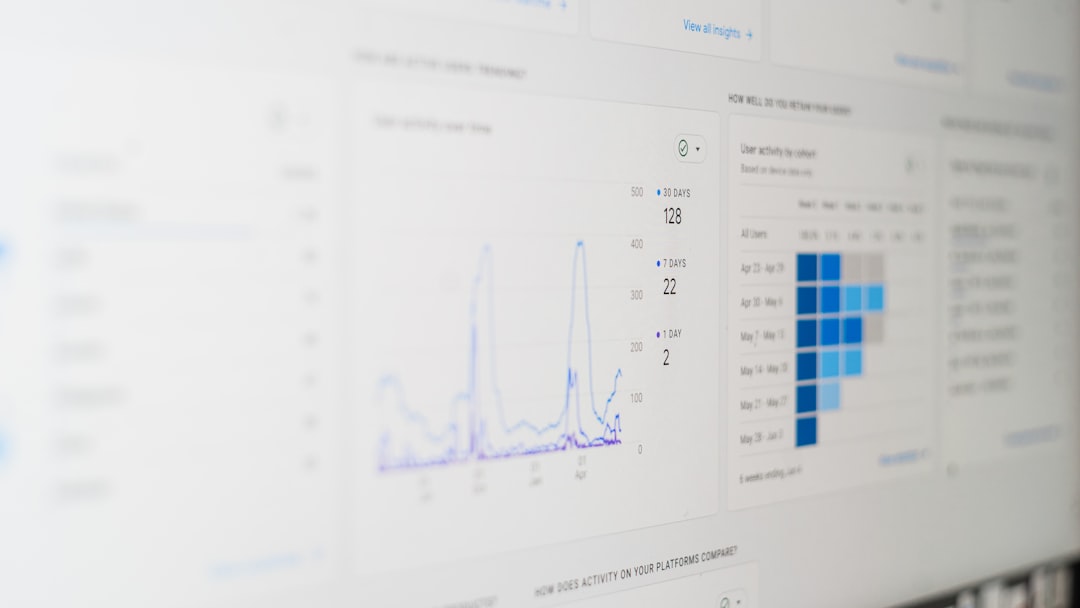In today’s competitive market, businesses are constantly seeking more efficient and accurate ways to identify potential customers who are most likely to convert. One of the most transformative innovations in this area has been the integration of Artificial Intelligence (AI) tools into lead generation and qualification processes. By leveraging big data, machine learning, and predictive analytics, AI helps companies focus their resources on the most promising prospects — ultimately driving revenue and increasing operational efficiency.
High-value leads are those prospects who are not only likely to purchase but are also likely to bring in long-term value. Traditional methods of identifying such leads often rely on manual scoring systems and subjective assumptions. However, with AI, businesses can create dynamic, data-driven models that provide more accurate and holistic views of potential customers.
How AI Tools Improve Lead Identification
AI tools contribute to high-value lead identification through various methods, grounded in sophisticated algorithms and large-scale data analysis. Below are key areas where AI proves its worth:
1. Predictive Lead Scoring
AI empowers predictive lead scoring by processing both historical and real-time data to assign scores to leads. Unlike traditional scoring models that use static rules, AI models adapt and learn over time, identifying patterns in customer behavior that indicate a higher likelihood of conversion.
For example, AI can determine that leads who engage heavily with specific types of content, such as product demos or whitepapers, have a higher probability of becoming paying customers. By analyzing engagement levels, demographics, and purchasing signals from CRM systems, AI assigns scores that reflect the actual conversion potential.

2. Customer Segmentation
Segmentation is crucial for targeting leads effectively. AI excels at clustering leads based on shared characteristics or behaviors, helping businesses create highly tailored marketing campaigns. These clusters involve variables such as purchasing history, browsing behavior, geographic location, and even social media activity.
This not only ensures that marketing efforts are directed toward the right audience, but it also enhances the chance that these leads will move through the sales funnel more quickly.
3. Behavior Tracking and Analysis
AI tools continuously monitor and analyze behavior across multiple touchpoints — from website visits and email opens to interactions on social media platforms. This tracking allows AI to build a behavioral profile for each lead, assessing both interest and intent.
By recognizing micro-conversions — such as time spent on certain pages or repeated visits — AI can flag leads with higher engagement levels. This real-time insight is invaluable for sales teams, allowing them to prioritize leads with the greatest potential.
Benefits of Using AI for Lead Identification
Leveraging AI tools for lead qualification offers several important benefits to businesses:
- Increased Efficiency: AI automates time-consuming tasks such as data entry, lead scoring, and follow-ups, allowing sales teams to focus on high-impact activities.
- Enhanced Accuracy: Data-driven models reduce human error and bias, providing more reliable lead assessments.
- Scalability: AI systems can handle large volumes of data effortlessly, making it possible to evaluate thousands of leads in a fraction of the time it would take manually.
- Personalized Outreach: With AI insights, marketing campaigns can be fine-tuned to resonate with individual prospects, increasing engagement and conversion rates.
Integrating AI into the Sales Workflow
To maximize the value of AI in identifying high-value leads, companies must integrate these tools seamlessly into their sales and marketing platforms. Most modern Customer Relationship Management (CRM) systems offer AI-driven features or integrations with predictive analytics tools, making implementation more accessible than ever. Common solutions include Salesforce Einstein, HubSpot’s AI algorithms, and third-party tools like Infer or Leadspace.
Moreover, collaboration between sales and marketing teams is essential. Marketers can use AI data to refine targeting and messaging, while sales teams prioritize outreach to leads identified as high-value. The result is a more synchronized and effective approach to lead conversion.
Conclusion
AI tools have redefined the way businesses identify and prioritize high-value leads. Through advanced data analysis, real-time insights, and predictive modeling, AI enables teams to focus their efforts where it matters most. As technology continues to evolve, companies that embrace AI-driven strategies will gain a substantial advantage in acquiring and retaining valuable customers in an increasingly competitive landscape.
